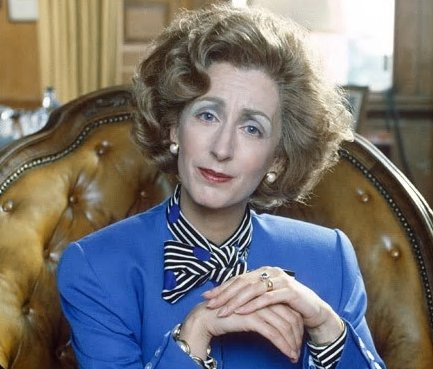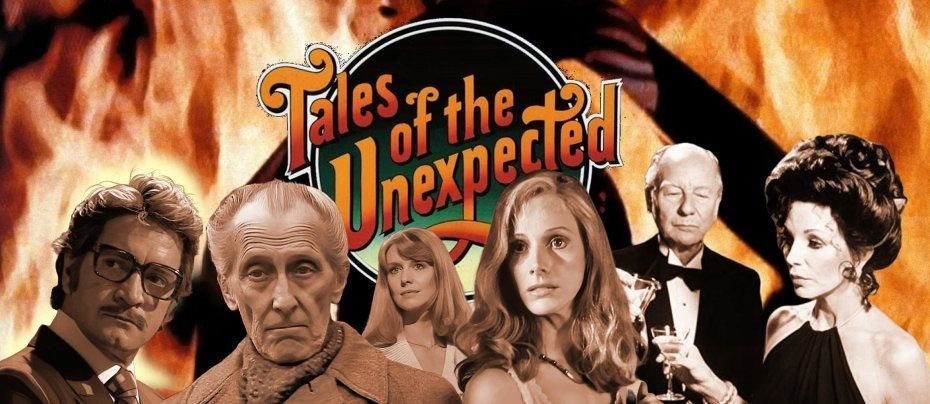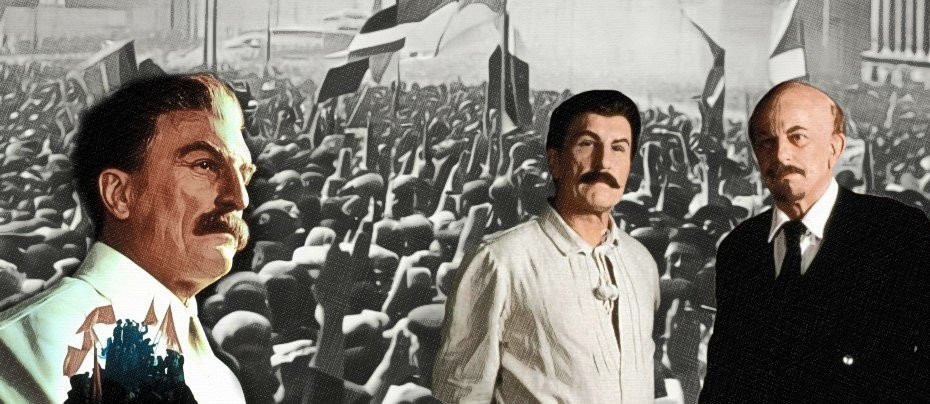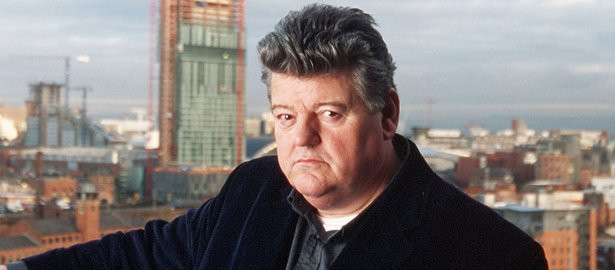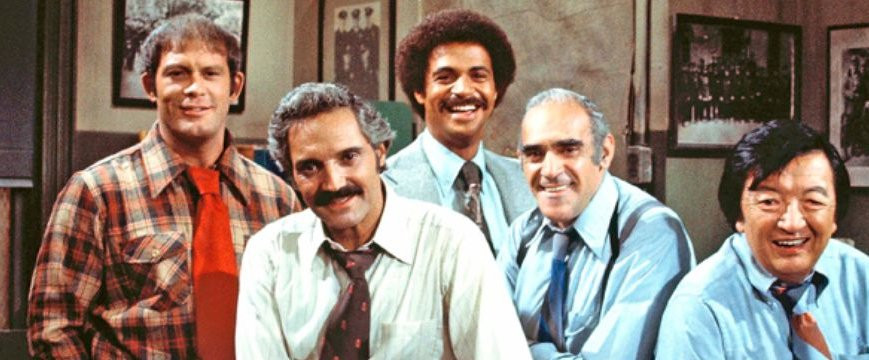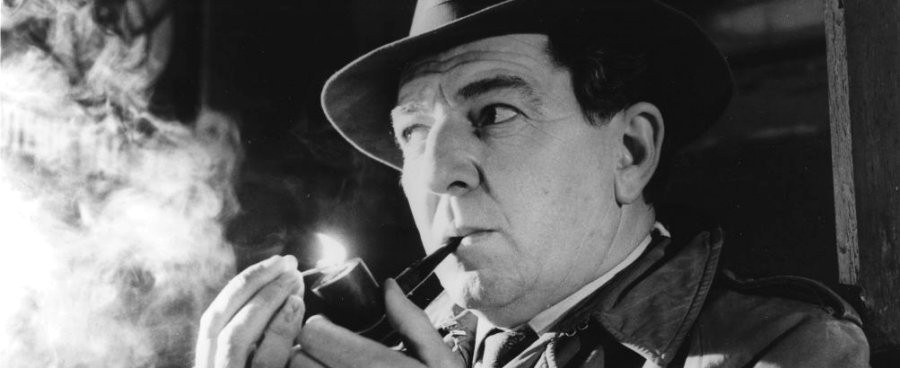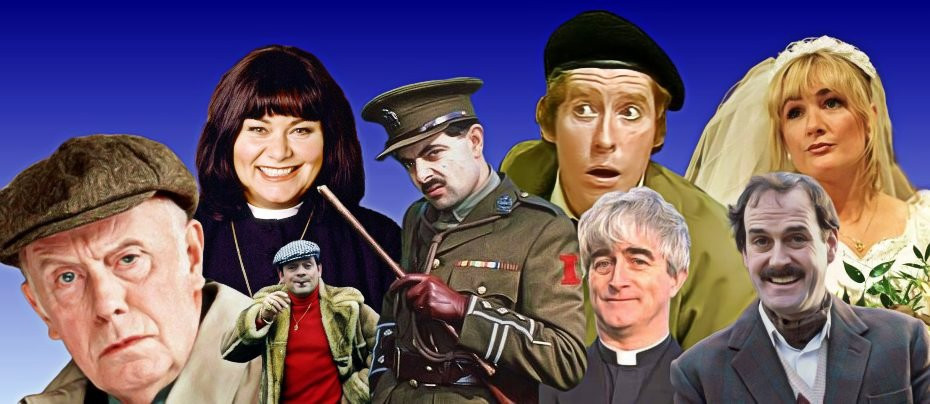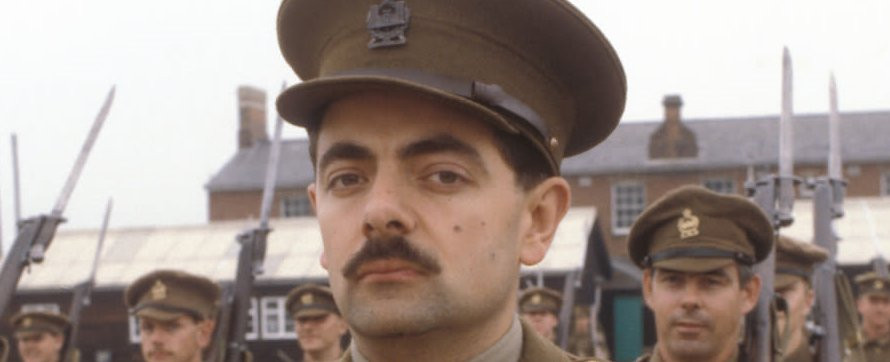
Blackadder
1983 - United KingdomA show that began modestly—and somewhat shakily—as a historical sitcom set during the War of the Roses, Blackadder evolved into a national treasure thanks to its biting wit, unforgettable characters, and its inspired reworking of history through satire.
The original series, The Black Adder, was penned by Richard Curtis and Rowan Atkinson (Not the Nine O'Clock News) and introduced viewers to Edmund, Duke of Edinburgh—a snivelling, scheming nobleman bumbling his way through the chaos of 15th-century England. With lavish location filming around Alnwick Castle and an ambitious medieval aesthetic, it was visually rich but, ironically, lacking in laughs. The high production costs and lukewarm reception almost saw the series consigned to history, courtesy of then-new BBC boss Michael Grade.
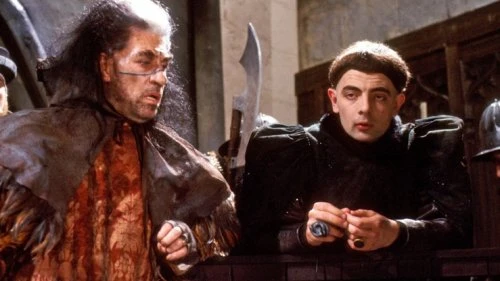
However, rather than retreating, the creative team regrouped. Ben Elton joined Curtis as co-writer, and the second series underwent a major overhaul—most crucially, the characters were flipped. Edmund Blackadder returned, now as the great-great-grandson of the original, a cunning and sarcastic courtier in the court of Queen Elizabeth I. Atkinson’s transformation of Blackadder from bumbling fool to Machiavellian genius proved inspired, and Tony Robinson’s Baldrick, now a revoltingly dim manservant, became the perfect foil.
From here, Blackadder went from strength to strength. Each series was set in a different historical period, cleverly using British history as the backdrop for increasingly farcical and razor-sharp storytelling. Series three transported us to the Regency era, with Blackadder as butler to the idiotic Prince of Wales (played brilliantly by Hugh Laurie), while series four—Blackadder Goes Forth—delivered not just comedy but unexpected emotional weight. Set in the trenches of the First World War, the final series tackled the senselessness of war with a depth that few sitcoms have dared to attempt.
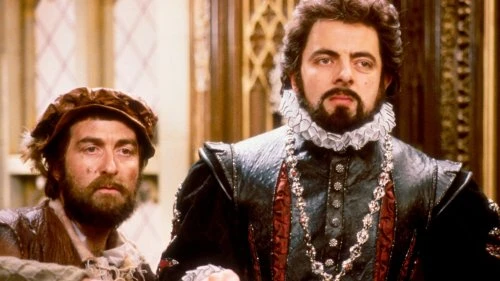
Blackadder Goes Forth remains one of the most poignant finales in British television history. As Edmund, Baldrick, and George prepare to go "over the top", the camera fades from slow-motion battlefield chaos to a silent field of poppies—transforming a comedy into a moment of reflection and national remembrance. It was brave, moving, and utterly unforgettable.
The success of Blackadder was, in no small part, due to its growing ensemble of talent. With regular appearances from Stephen Fry, Tim McInnerny, Miranda Richardson, and a rotating cast of Britain’s finest actors—including Brian Blessed, Robbie Coltrane, Rik Mayall, Miriam Margolyes, and Elspet Gray—the series became a repertory of comic genius. Their performances brought consistency to each iteration, allowing the writers to stretch the format without losing the audience.
Curtis and Elton’s writing sparkled with verbal wit, historical parody, and a deep understanding of character. Whether it was Baldrick’s eternally doomed “cunning plans” or Blackadder’s withering put-downs, the dialogue became instantly quotable and remains part of British cultural lexicon.
The legacy of Blackadder extended beyond its four core series. Specials such as Blackadder's Christmas Carol, which gleefully subverted Dickens, and The Cavalier Years, a 15-minute skit for Comic Relief, offered fans more glimpses into the ever-scheming mind of Edmund. Atkinson even reprised the role for a short film shown at the Millennium Dome.
While Richard Curtis went on to enjoy success with The Vicar of Dibley and Four Weddings and a Funeral, and Elton conquered the West End and the bestseller lists, it was Atkinson who solidified his position as a national treasure by creating another iconic character: Mr Bean. But for many, it is Blackadder—clever, cruel, and consistently hilarious—that remains his crowning achievement.
More than a sitcom, Blackadder is a satire of British history, class, and ambition. Its ability to reinvent itself across eras while keeping its core comic DNA intact is nothing short of masterful. In a country that cherishes its comedy heritage, Blackadder stands proudly at the top—cunning as ever.
Seen this show? How do you rate it?
Seen this show? How do you rate it?
Published on November 30th, 2018. Written by Laurence Marcus for Television Heaven.


